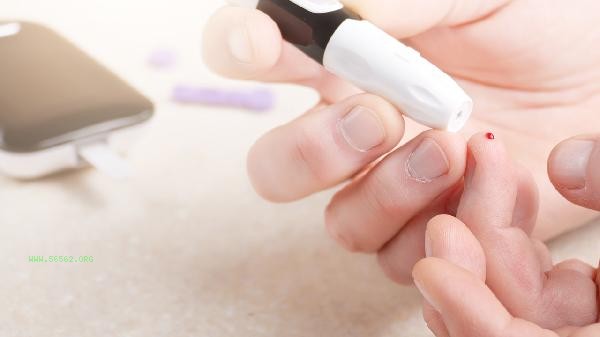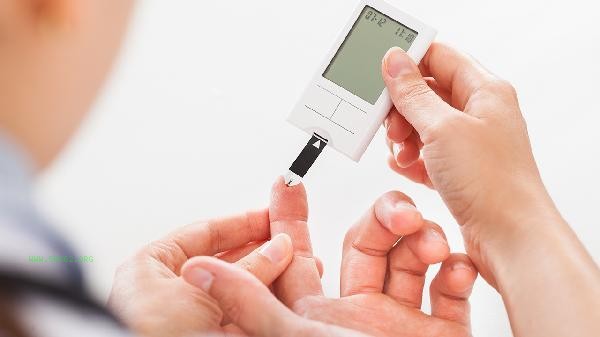The normal value of diabetes hemoglobin is generally controlled between 4% and 6%, and the ideal control target is less than 7%. The specific value is affected by factors such as blood sugar fluctuation, detection methods, individual differences, complications and treatment plans.

1. Blood glucose fluctuations:
Glycated hemoglobin reflects the average blood glucose level in the past 2-3 months. When fasting blood glucose continues to exceed 7mmol/L or postprandial blood glucose is greater than 10mmol/L, glycated hemoglobin may exceed 6.5%. Due to hormone changes in pregnant women with diabetes, the control of glycosylated hemoglobin needs to be more strict.
2. Detection method:
High performance liquid chromatography HPLC is the gold standard, and the results are accurate to one decimal place. The immunoturbidimetric method used in primary hospitals may have an error of ± 0.5%. The difference between capillary detection and venous blood detection results is about 0.3% -0.5%.
3. Individual differences:

Anemic patients may experience pseudo reduction due to shortened red blood cell lifespan. Hemoglobin variants such as HbS and HbC can affect the accuracy of some detection methods. Elderly people can relax it appropriately to 7.5% -8%, and children and adolescents are recommended to control it below 6.5%.
4. Complications:
for patients with concomitant cardiovascular and cerebrovascular diseases, it should be maintained between 7% and 8%. Low values in patients with diabetes nephropathy may increase the risk of hypoglycemia. It is recommended to control the progression of retinal lesions below 7% to delay the condition.
5. Treatment plan:
The target value for patients undergoing intensive insulin therapy can be set at 6.5%. For every 1% decrease in glycated hemoglobin, oral hypoglycemic agents reduce the risk of microvascular complications by 37%. Dynamic blood glucose monitoring CGM data can assist in interpreting glycated hemoglobin results.

It is recommended that patients with diabetes should detect glycosylated hemoglobin every 3-6 months, and cooperate with daily fingertip blood glucose monitoring. Choose low glycemic index foods such as oats and brown rice, and engage in 150 minutes of moderate intensity aerobic exercise per week. When abnormal values occur, adjust the glycemic control plan under the guidance of a doctor to avoid self adjustment of medication. Regularly check the indicators of complications such as fundus and urinary microalbumin, and maintain the daily control goal of fasting blood glucose of 4.4-7.0 mmol/L and postprandial blood glucose of<10 mmol/L.








Comments (0)
Leave a Comment
No comments yet
Be the first to share your thoughts!